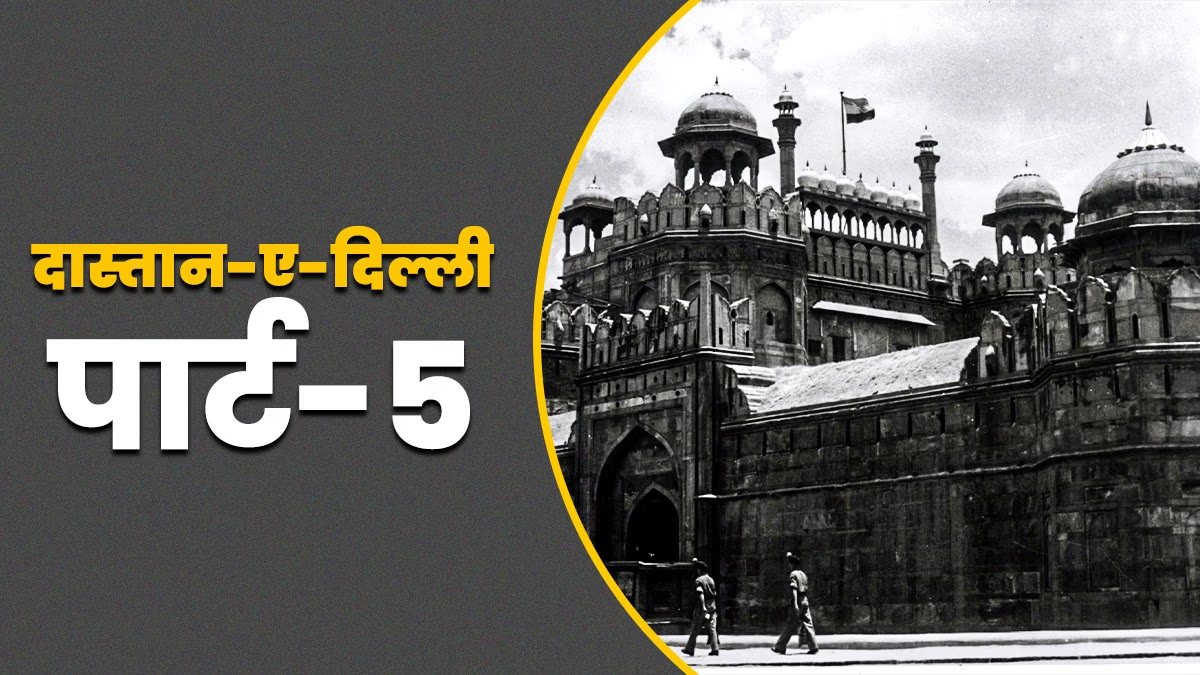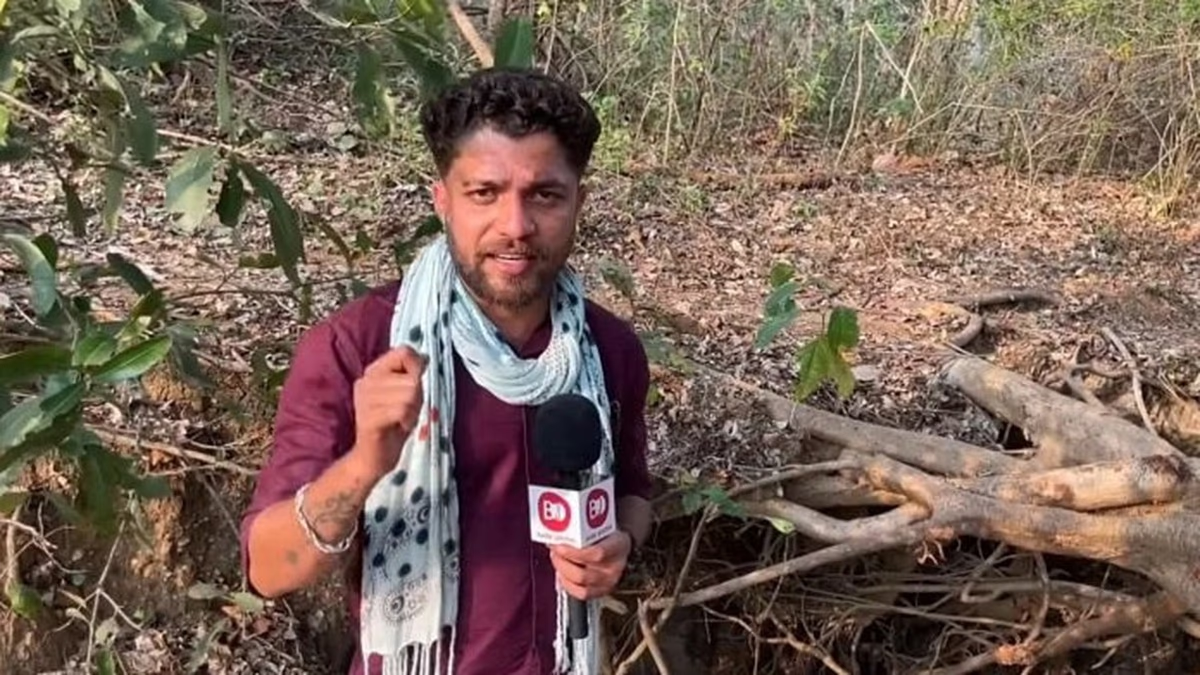As Delhi gears up for assembly elections, political parties continue to promise world-class status for the city. However, did you know there was a time when Delhi became an arena for global powers' wars? Discover the era when American soldiers arrived to protect Delhi, and trenches and bunkers were dug at India Gate. Who was threatening Delhi, and what were the fears overshadowing its streets?
India maintained a distance from international wars and global disputes. Through the Non-Aligned Movement during Nehru's era post-independence, India shielded itself from the American-Soviet Cold War. Later, under Indira Gandhi, India grew closer to the Soviet Union, and after its dissolution, India's relations with the US strengthened in the 1990s. Although post-independence India faced wars with China and Pakistan, it was during a previous era that the World War flames reached the capital, Delhi. American soldiers were even deployed on Delhi streets to protect the city from potential wartime havoc. What was this era like, and who was the enemy planning Delhi's destruction?
From 1939 to 1945, World War II's repercussions reached India largely due to its colonial ties. India, yet under British rule, was grappling with the intensifying freedom movement, while the wider world was embroiled in the Second World War. Nations were crumbling, especially in Europe, witnessing massive devastation by Hitler's forces storming Poland, the Netherlands, and threatening Britain and France.
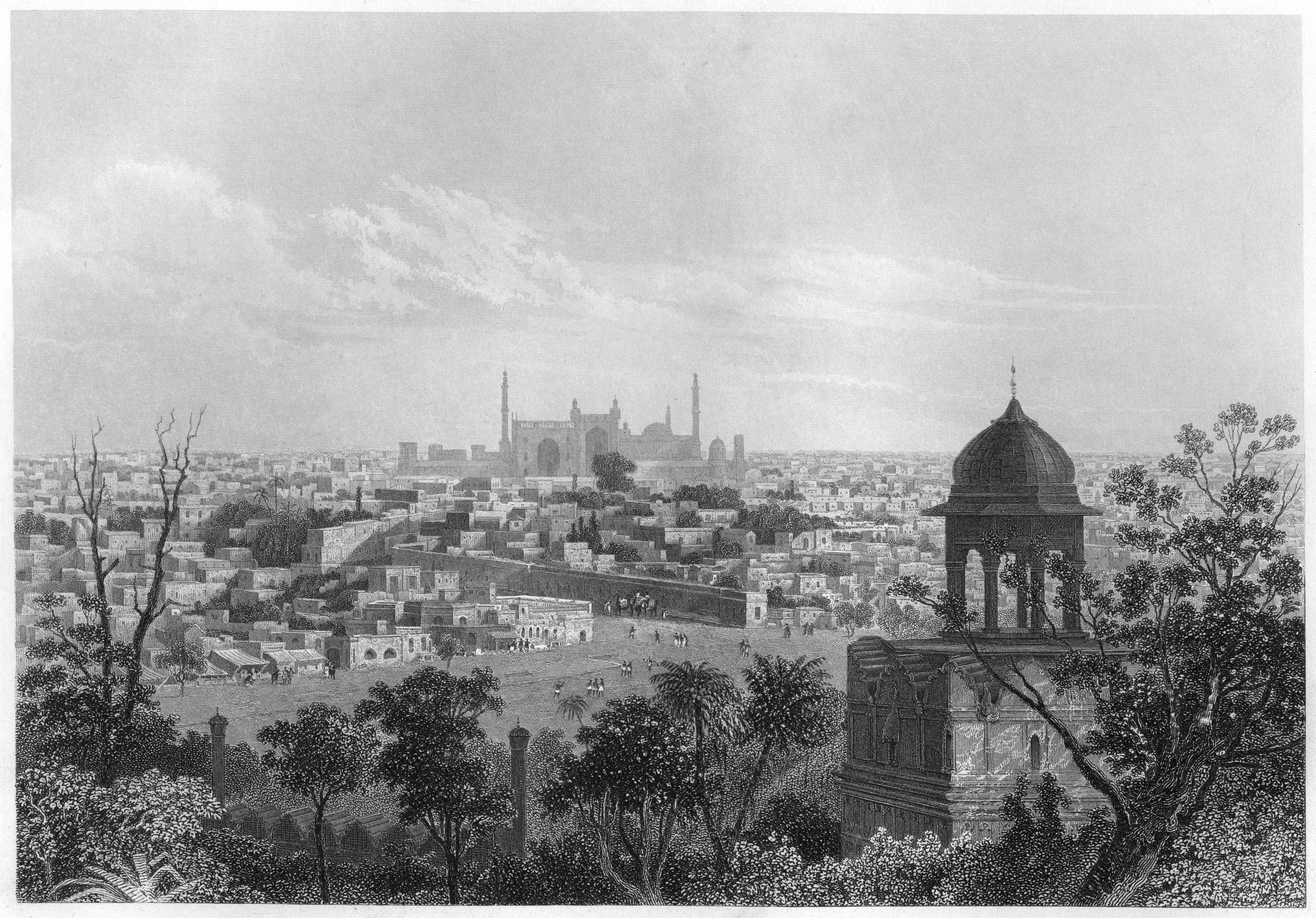
Source: aajtak
In Asia, Japan had allied with Hitler's forces, engaging with British troops. India, still under British rule, found itself in peril. Subhash Chandra Bose's alliance with Japan through the Indian National Army garnered mixed reactions, some viewing the alliance as strategic, while others praised Japan's role. How intriguing was Delhi back then?
What was Delhi experiencing amidst World War II in the early 1940s?
Rajendra Lal Handa’s book provides a detailed account of those times.
He writes, 'For the war’s first two years, Delhi remained largely unaffected. Neither the public nor officials seemed concerned, with more unemployment being combated than anything else. Contracts bloomed and government employees saw pay rises. However, the tide turned post-1941 as Japan entered the war, impacting India tangibly. Delhi's interest in the war heightened, as deprivation escalated. Discussions about war grew more common across Delhi’s social gatherings.'
As essential goods’ prices soared, commodities disappeared from markets. From sugar prices escalating to grain vanishing, Delhi coped with rationing's burdens. The British government intensified precautions, digging trenches in significant city regions, preparing for aerial assaults. With American support, the British government deployed US soldiers on Delhi's streets to bolster safety measures.
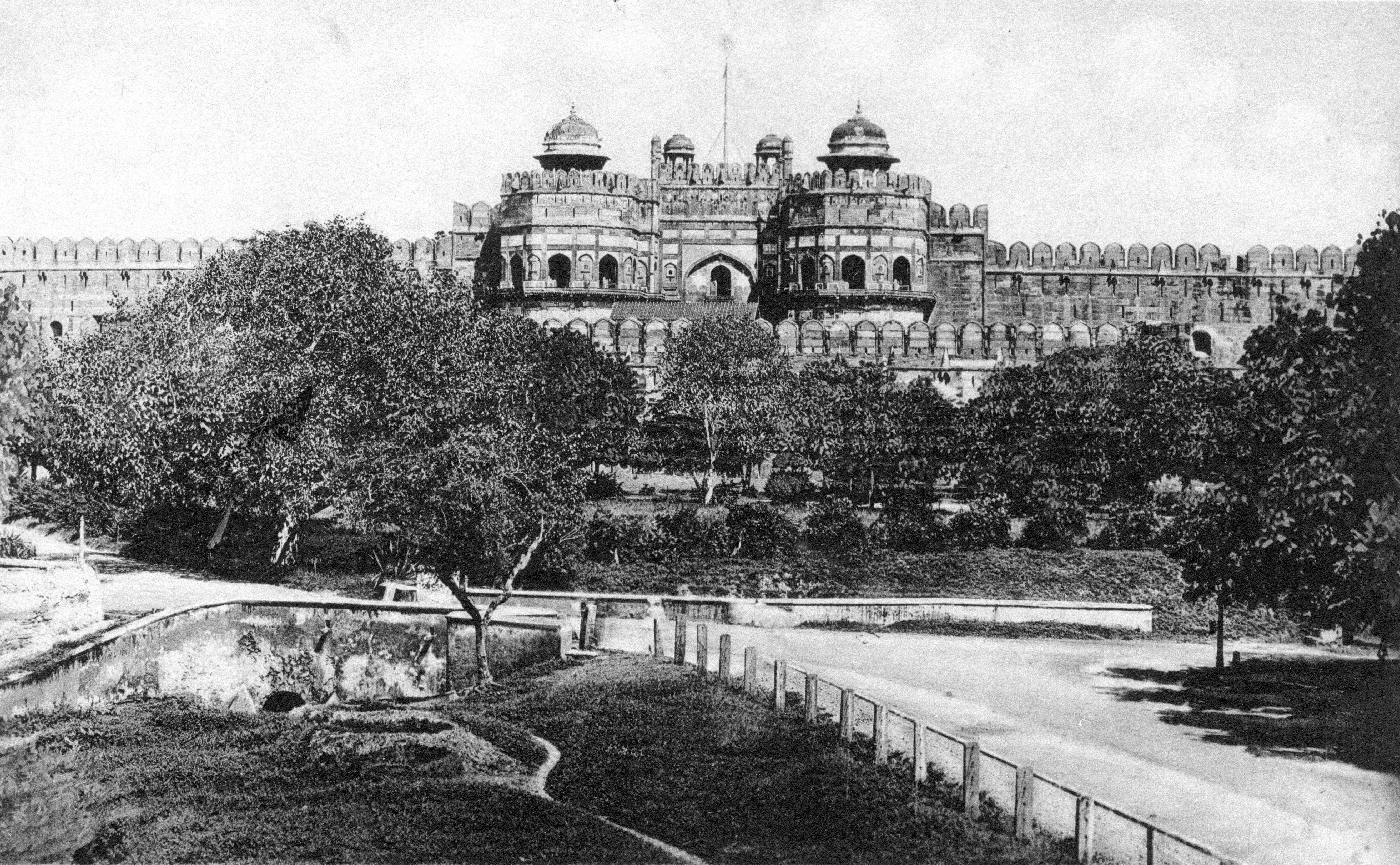
Source: aajtak
Shelters emerged uniquely across Delhi, with simulations conducted for attack preparedness. The residents of Delhi largely remained unperturbed, unfazed by the dramatic practices. While Japanese forces approached Manipur, prophecies of Calcutta's fall circulated, yet Delhiites continued their routines. The Jama Masjid remained a gathering hub, Chandni Chowk buzzed with activity, and Connaught Place stayed lively, showcasing Delhi's ages-enduring spirit.
1942’s spring festival at Old Fort was the last before Italian prisoners of war arrived, residing there for three years. Post-war liberation saw the fort slowly reclaim its historical role after years of adjustment.
Handa amusingly recounts a 1943 incident involving himself and an American soldier, culminating in friendship.
'In November 1943, while urgently cycling to Connaught Place, I collided with an American soldier's bicycle, warping its wheel. The soldier fell but accepted my apology, gesturing toward his bicycle's damage.'
I assured him – I'd cover repair costs and ensured it was seen to. The soldier came along, casually snacking, while I temporarily forgot my original errand.
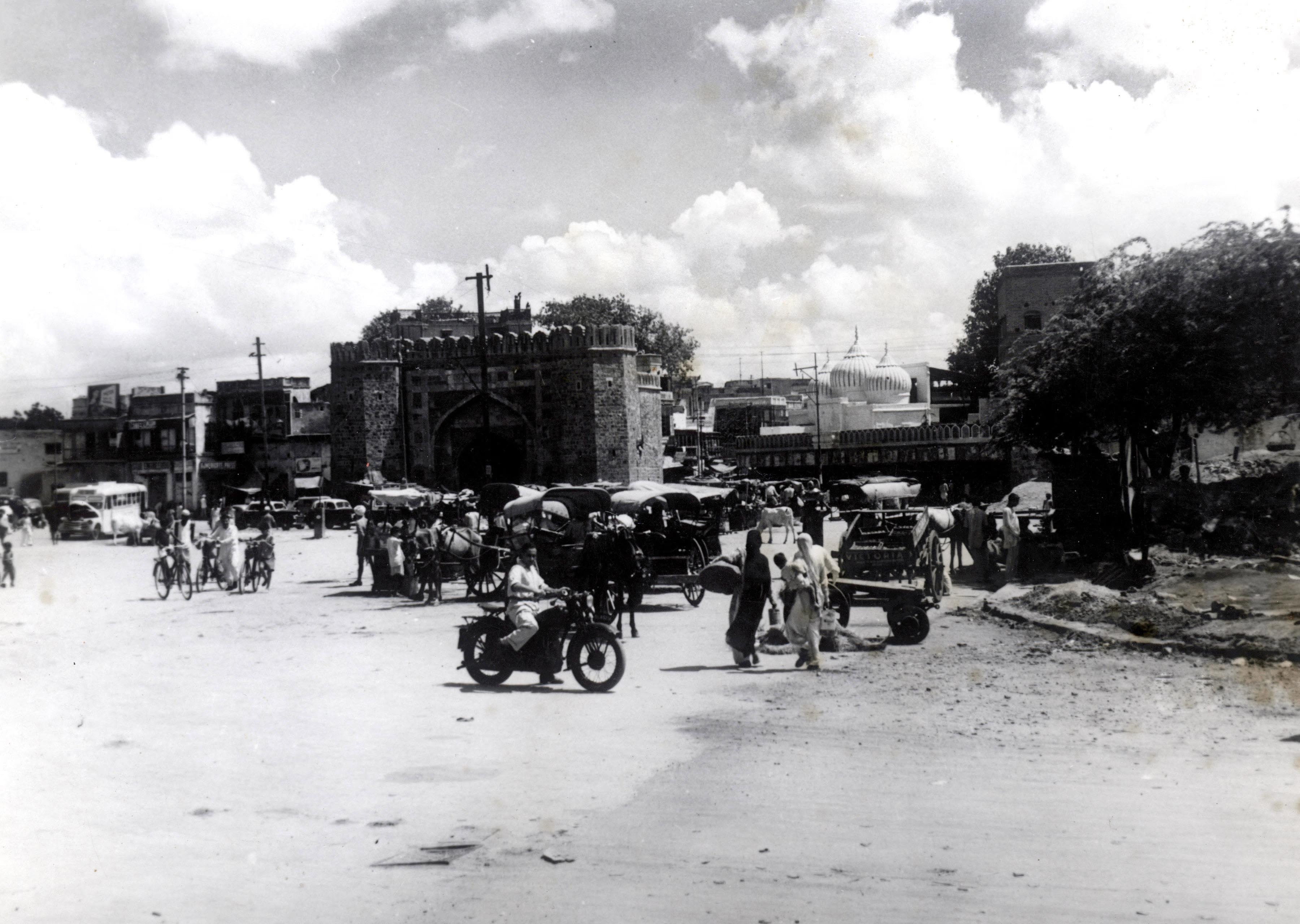
Source: aajtak
Our bond solidified over coffee, as laughter replaced tension. The soldier, introducing himself as Henry J. Humphrey, resided at Venger’s Flats, instantly inviting me over.
We regaled the amusing incident over coffee, a blend of friendship forging from accidents. Our camaraderie extended over many outings, learning intriguing aspects of cross-cultural relations, despite initial tensions.
Europe's intensifying battle resonated in Delhi, stirring interest and apprehension.
Handa elaborates on Delhi’s bustling wartime ambiance: 'In November 1943, tension rose notably as American soldiers populated the city. Leisure activities centered around cinema outings and street food indulgence became staples of their routine, noticeable across popular venues.'
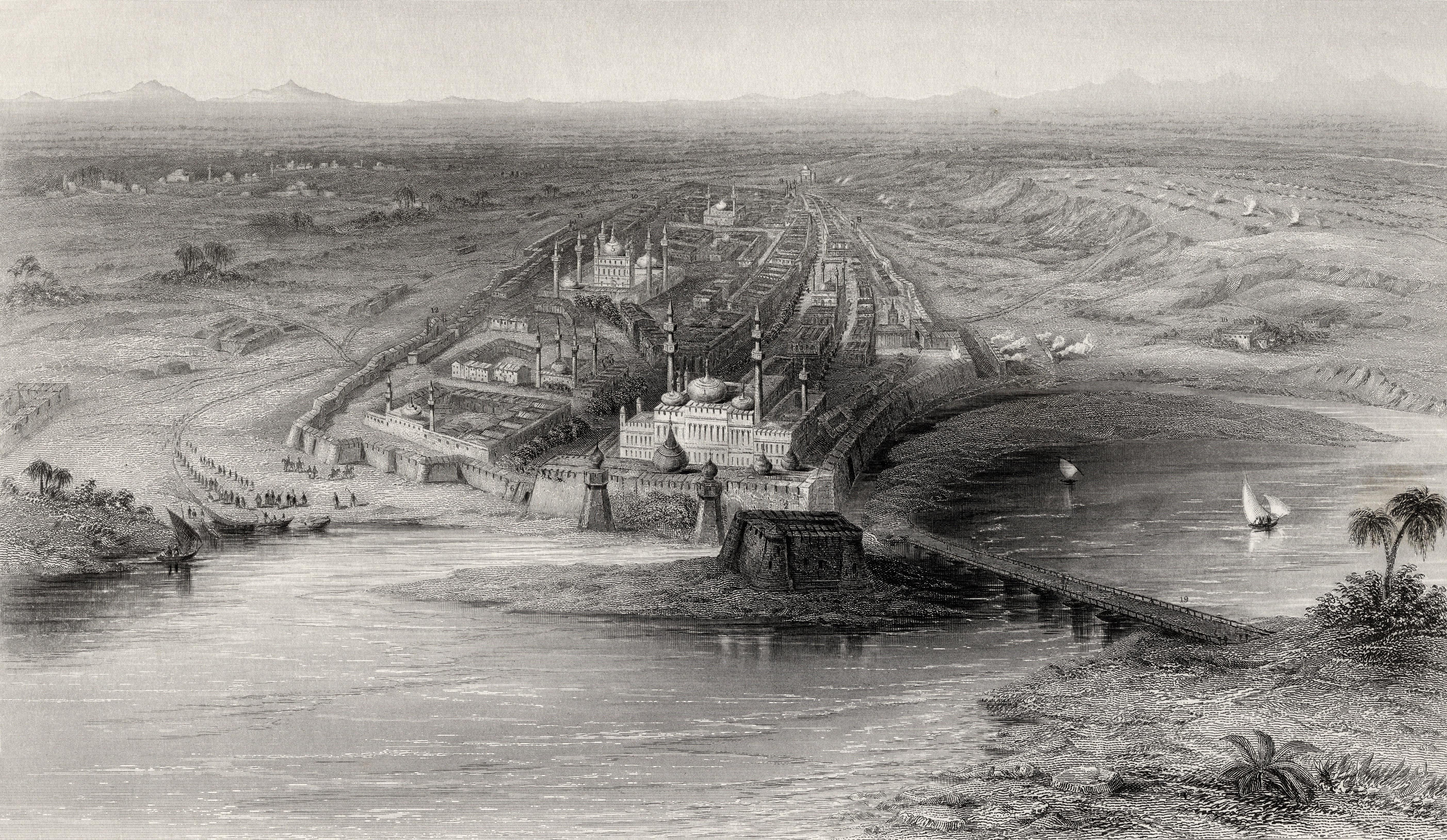
Source: aajtak
Amidst wartime chaos, Americans remarkably influenced Delhi's lively atmosphere. Price exploitation was rampant, initially bewildering American consumers who adapted eventually looking for fair bargains. Our adventurous walks revealed Delhi’s unique blend of cultures, even enhancing interpersonal ties. Despite wartime separations, Humphrey remained a cherished connection through ensuing years, sharing photographs and memories through letters.
